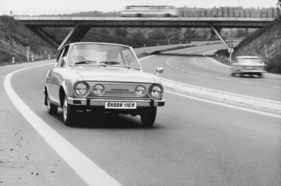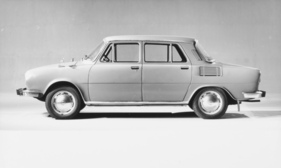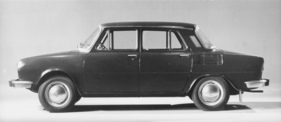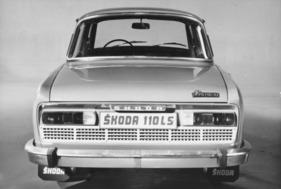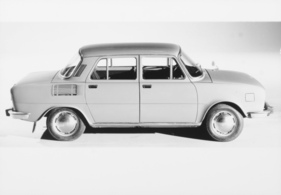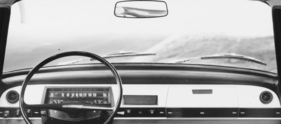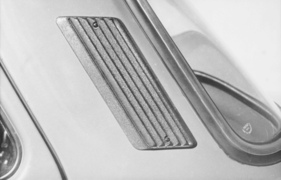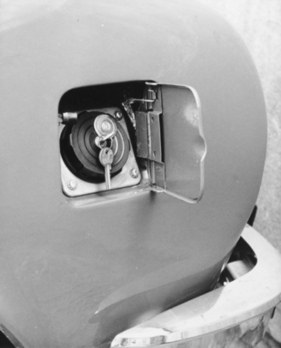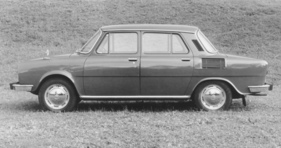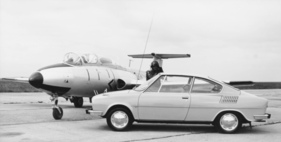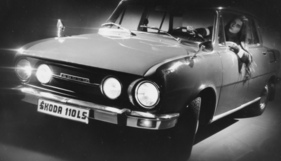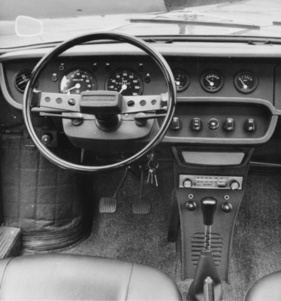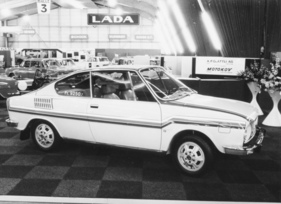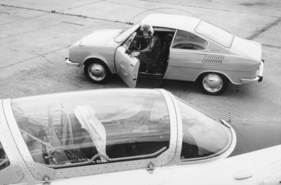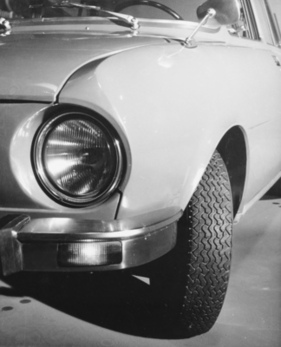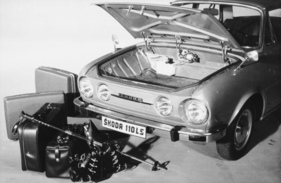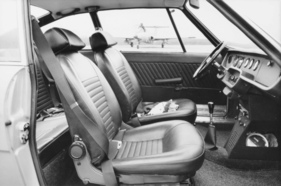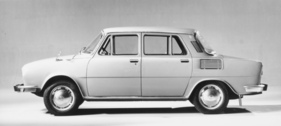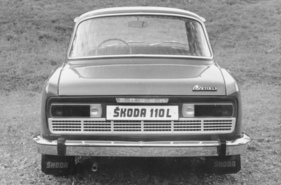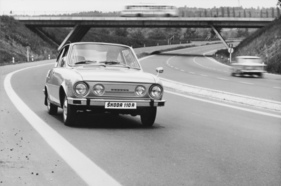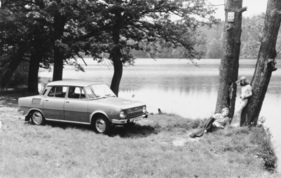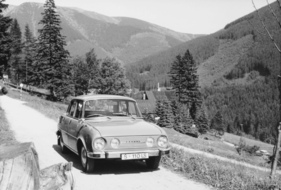Price breaker - Skoda 100 and 110 in the (historical) test
Summary
Skoda built two real bestsellers with the S100 and S110 models. Hardly anywhere else could you get more car for your money. The test report from 1974 shows whether the economy cars were any good.
This article contains the following chapters
- Low prices
- Not too cramped
- Slightly refined
- Plus points
- Minus points
- mot overall verdict
- Technical data
- S 100 / S 110
- S 110 R Coupé
Estimated reading time: 12min
Preview (beginning of the article)
Skoda registration figures in Germany have risen steadily in recent years. Although there was no increase in 1973 due to the slump in sales since the fall, there was no regression either. The 380 or so Skoda dealers sold around 4000 cars in both 1972 and 1973. Four-fifths of these were accounted for by the Skoda saloon in four variants, which is the focus of this test. A surprising fifth went to the Skoda coupé, which we also discuss. The top photo shows the S 110 L sedan, where we find the "sporty" looking wheel trims superfluous, especially for such a utility car. The dashboard of the sedan has been improved in some details compared to earlier series. The too narrow speedometer intervals between 80 and 120 km/h are still annoying. A special Skoda plus point is the half-folding rear seat, which creates an additional loading area. The standard four doors are also praiseworthy. The flat front luggage compartment in the saloon has a capacity of 230 liters, with an average loading height of just 25 centimeters. Skoda also supplies belted tires from the Czech Barum brand as standard for the 42 hp saloons. Laminated glass windscreens were standard equipment, as were three-point seat belts for the front seats from October 1973.
Continue reading this article for free?
Photos of this article





